1、 Clivia doesn't bloom
Excessive illumination
Clivia is a medium sunshine flower, which is mostly displayed in the room when cultivated in the family. If the wattage of the indoor lighting electric lamp is large, or it is illuminated with fluorescent lamp, and the time of turning off the lamp is later, the lighting time of a day may reach 16 hours
However, the illumination time of the country of origin (South Africa) generally does not exceed 13 hours, so they can only grow leaves without flower bud differentiation under the condition of long sunshine, so they can not bloom for a long time
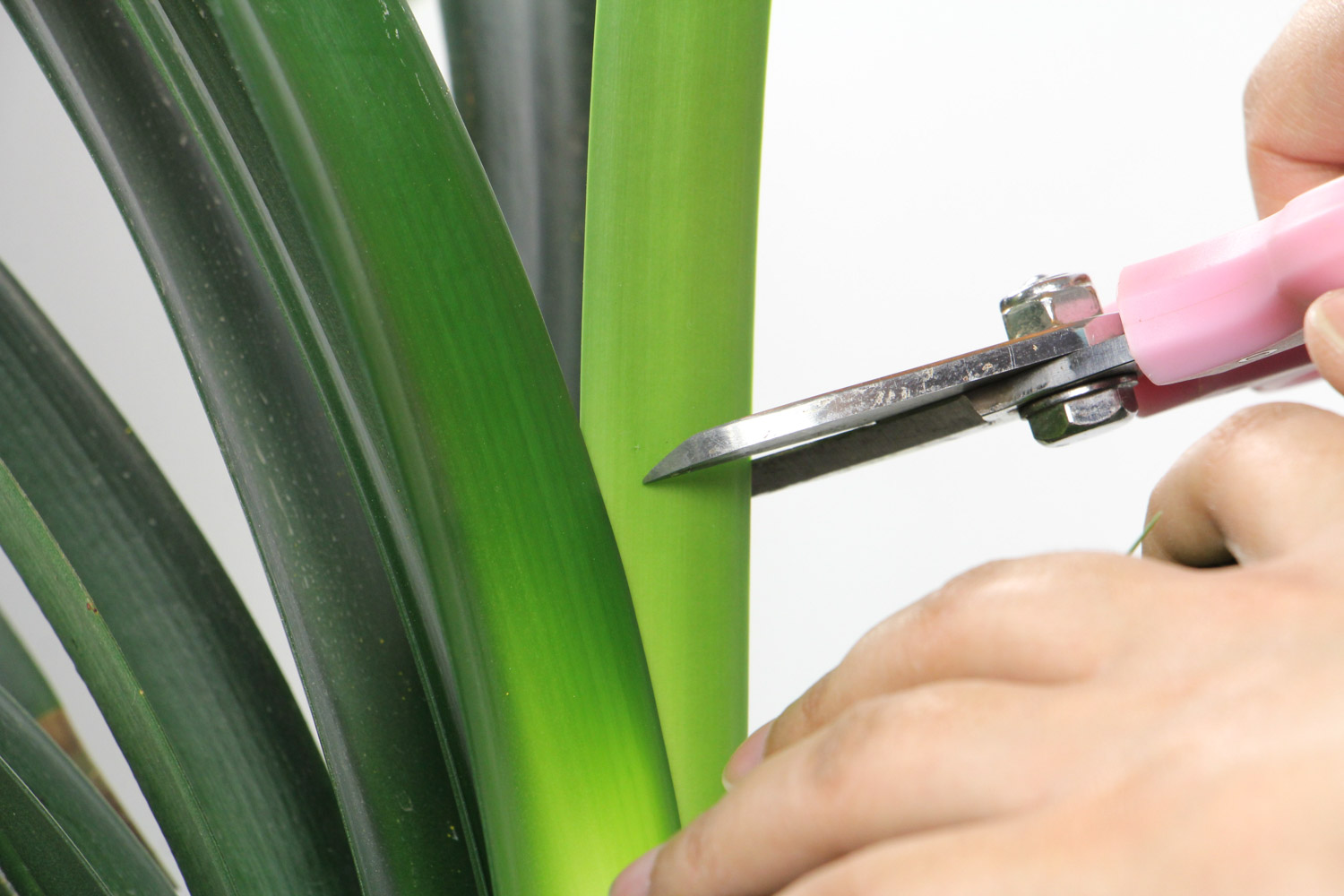
Solution
1. Clivia should be cultivated in shade shed or semi shade environment without direct sunlight from May to September every year, and the lighting time (including lighting time) should not exceed 12 hours
2. If there is no shady environment after turning on the light at night, you can buckle the Clivia in a paper shell to block the light, and open two sides on the side to maintain ventilation
Too little light
Although Clivia is shade resistant, it is placed in a place with too dark light for a long time. If the light is insufficient for a long time, the leaves will lose luster. The old leaves are dark green, and the new leaves become thinner, yellow or yellow green. Some people call this yellow leaf phenomenon Yin Huang. This situation will also cause non flowering
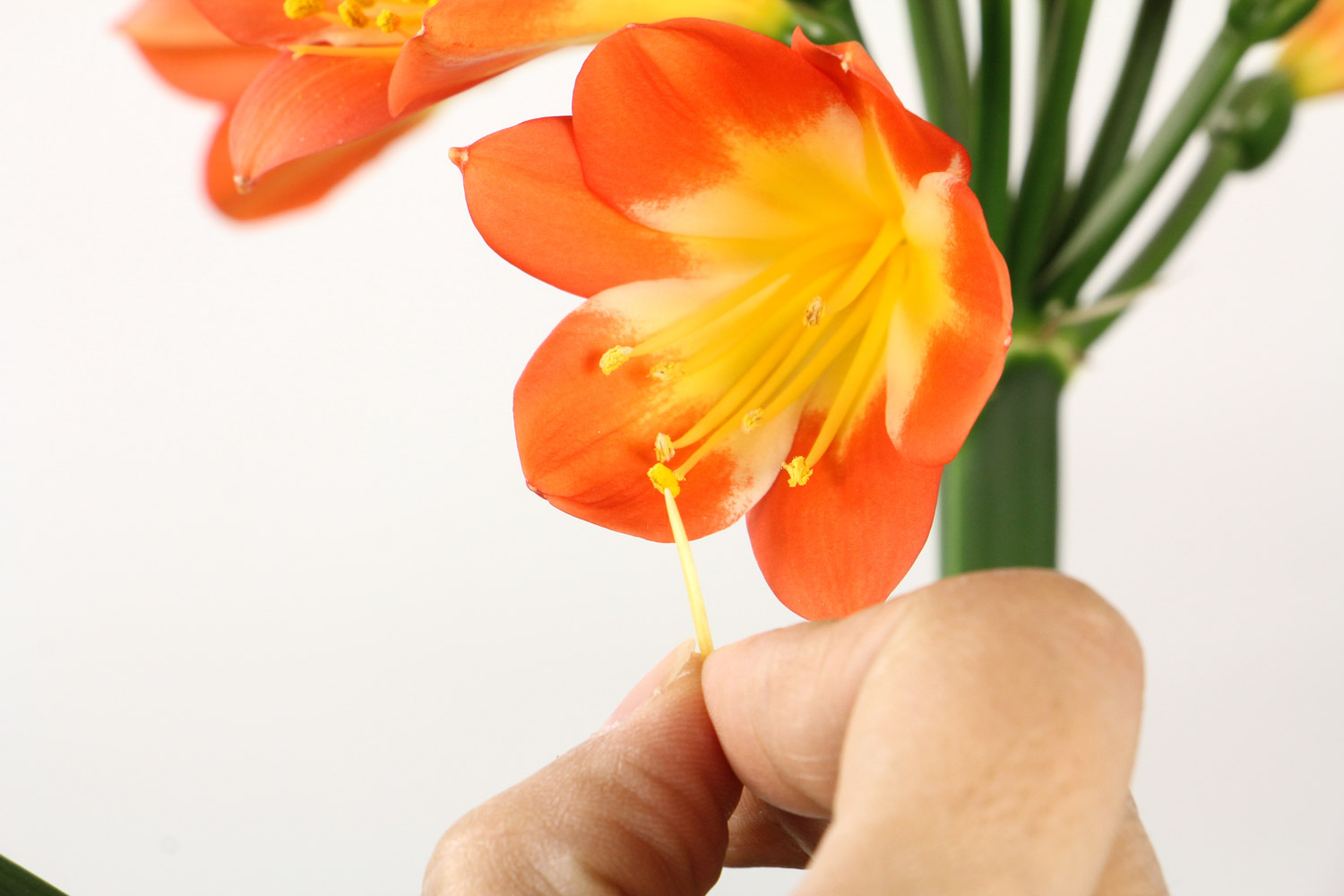
Solution
Clivia should be moved to a place with slightly stronger light. When it is not suitable to move, light can be used to supplement the light
Malnutrition
Clivia needs different nutrients in different growth periods The vegetative growth period should be dominated by nitrogen and potassium fertilizer. After entering the reproductive period, some nutrients should be supplied to the development of reproductive organs for flower bud differentiation. At this time, if more nitrogen fertilizer is used and there is a lack of phosphorus fertilizer, the plant will grow excessively, resulting in the failure of flower bud differentiation, thus affecting the normal flowering
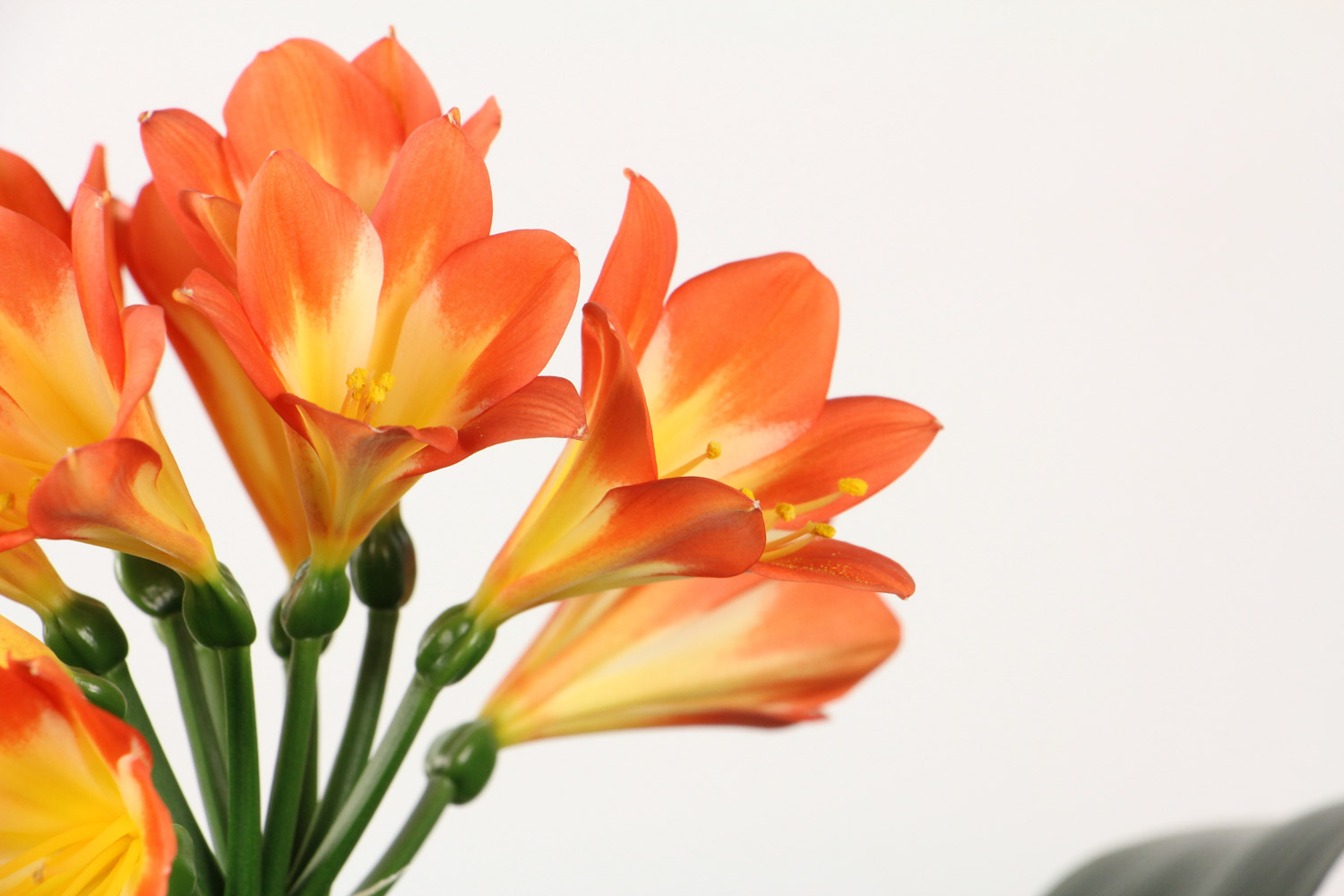
Solution
Before the flower bud differentiation of Clivia, the amount of nitrogen fertilizer should be properly controlled, and the fertilizer with more phosphorus, such as potassium dihydrogen phosphate, should be applied for 1-2 times, so as to facilitate the fleeing and flowering
In addition, long-term non replacement of soil will also lead to nutritional deficiency, so it is necessary to replace the soil and pour the basin when necessary, and add more base fertilizer containing scales, such as bone meal, fish scales, etc. Adding base fertilizer means adding some fried or boiled oil crops with shells at the bottom of the flowerpot, such as hemp seeds, Soviet seeds, sunflower seeds, Castor seeds, bone meal and other fertilizers. The method is to put a layer of soil on the bottom of the basin, evenly sprinkle a layer of fertilizer on the soil, cover it with a layer of soil, and then plant the flowers directly on it, that is, the whole process of adding the bottom is completed. Remember not to put fertilizer in direct contact with roots
The temperature is too high and the environment is too dry
The suitable temperature for the growth of Clivia is 15 ~ 25 degrees. When the temperature is lower than 10 ℃ or higher than 30 ℃, the growth will stop. During the growth period and before flowering, too high or too low room temperature will lead to poor plant growth and affect the flowering of pregnant buds
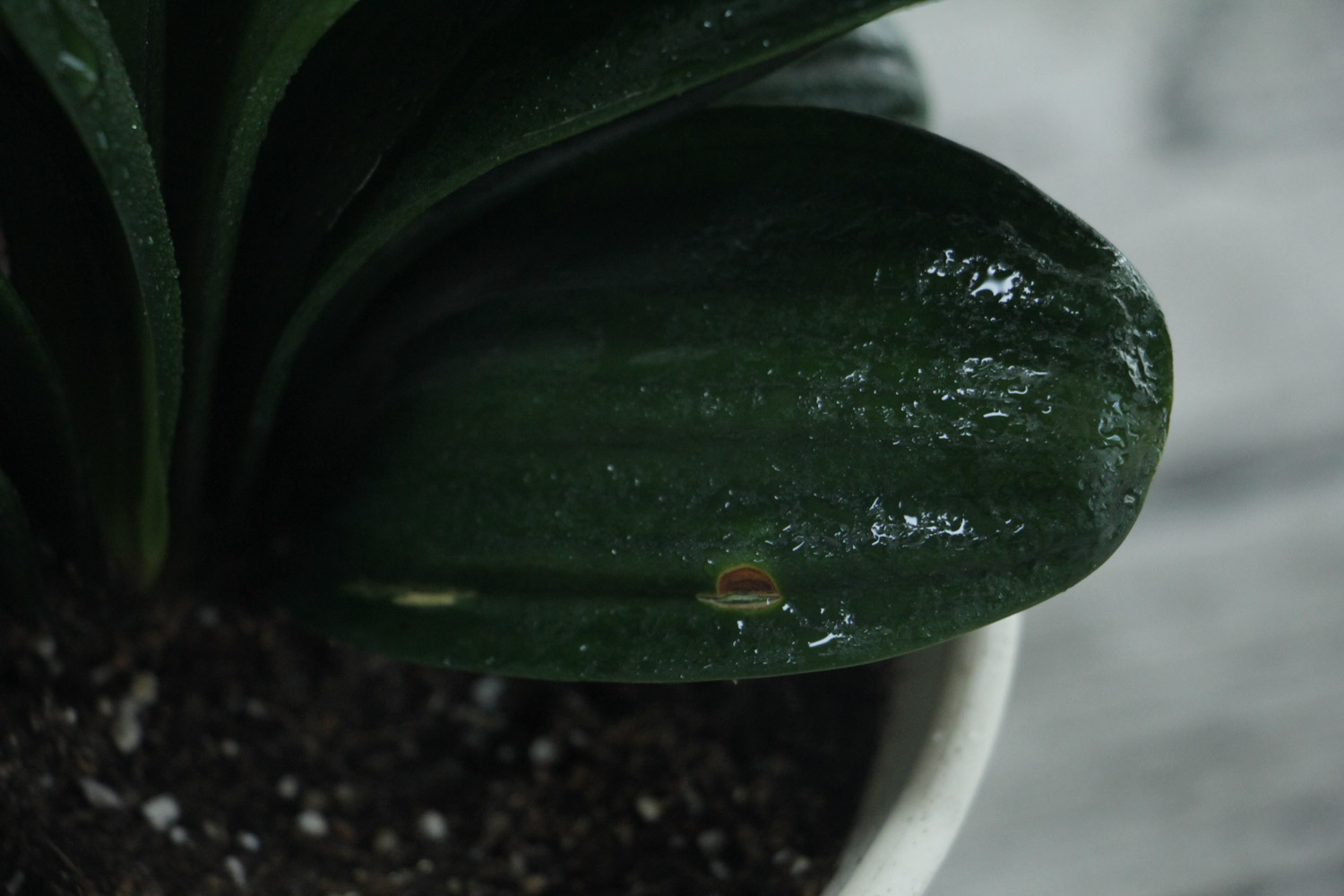
Solution
When the weather is dry and hot, place Clivia in a place with cool ventilation and humid air, and spray water on the leaves and the surrounding environment to reduce the temperature and increase the humidity; Before frost, when the temperature drops to about 10 degrees, you must enter the room. The indoor temperature should be kept at about 15 degrees to survive the winter safely
Soil alkalinity
Clivia likes acidic soil. The pH value is between 6 and 7. If it exceeds 7, it will be alkaline, and its growth and flowering will be affected. Therefore, for breeding Clivia, we must use fertile, acidic, loose and breathable slightly acidic culture soil
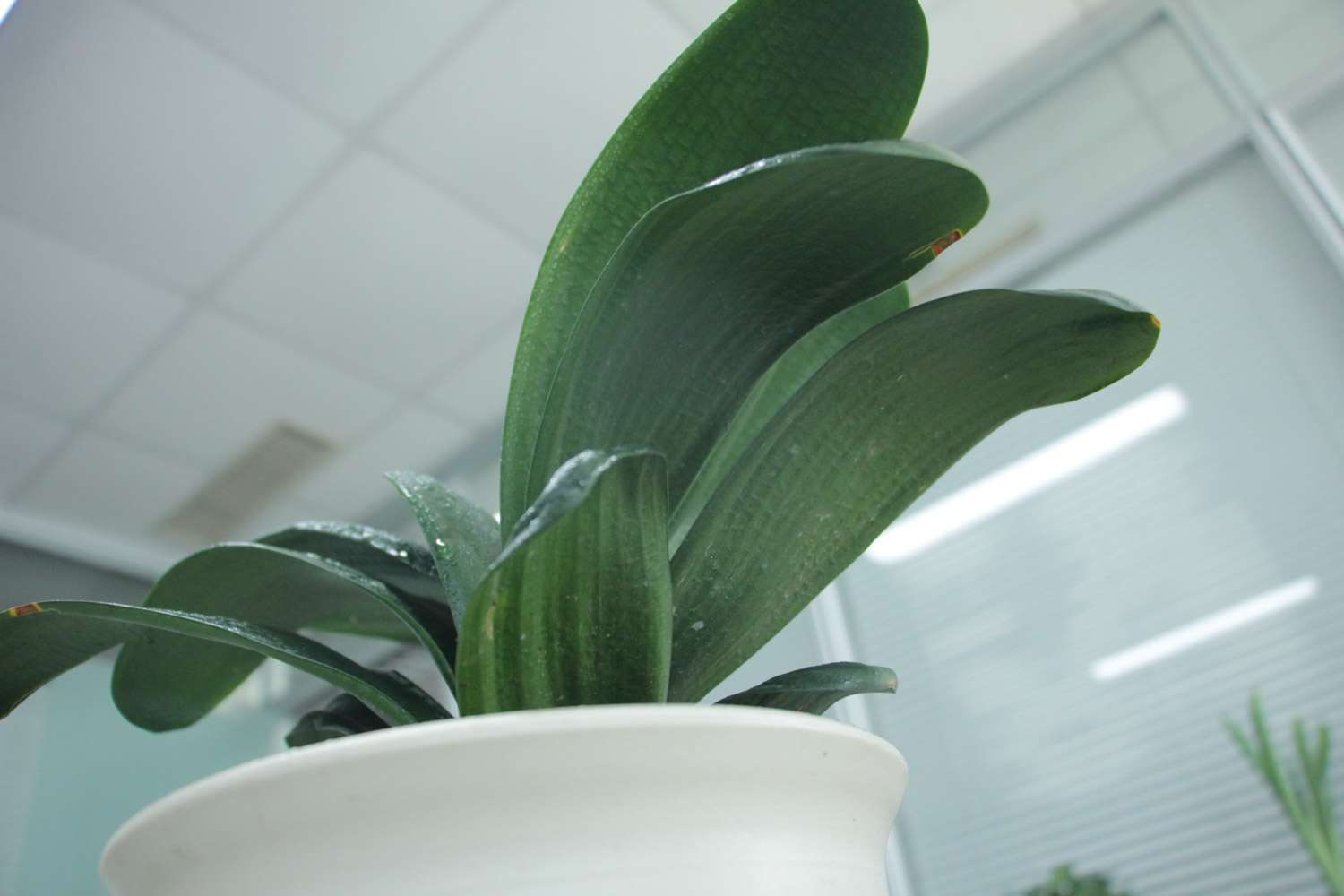
Solution
In northern areas, the soil is often alkaline. In the case of weak alkaline soil or alkaline fertilizer, ferrous sulfate or edible rice vinegar can be used for watering, but it must not be too thick! (it must be rice vinegar, not mixed white vinegar or vinegar essence)
2、 Causes and solutions of arrow entrapment in Clivia
Excessive pressure
When Clivia draws arrows, the pressure of leaf sheath and false bulb is too large, so it is easy to clip the arrow scape inside, so that the flower arrow can't jump out
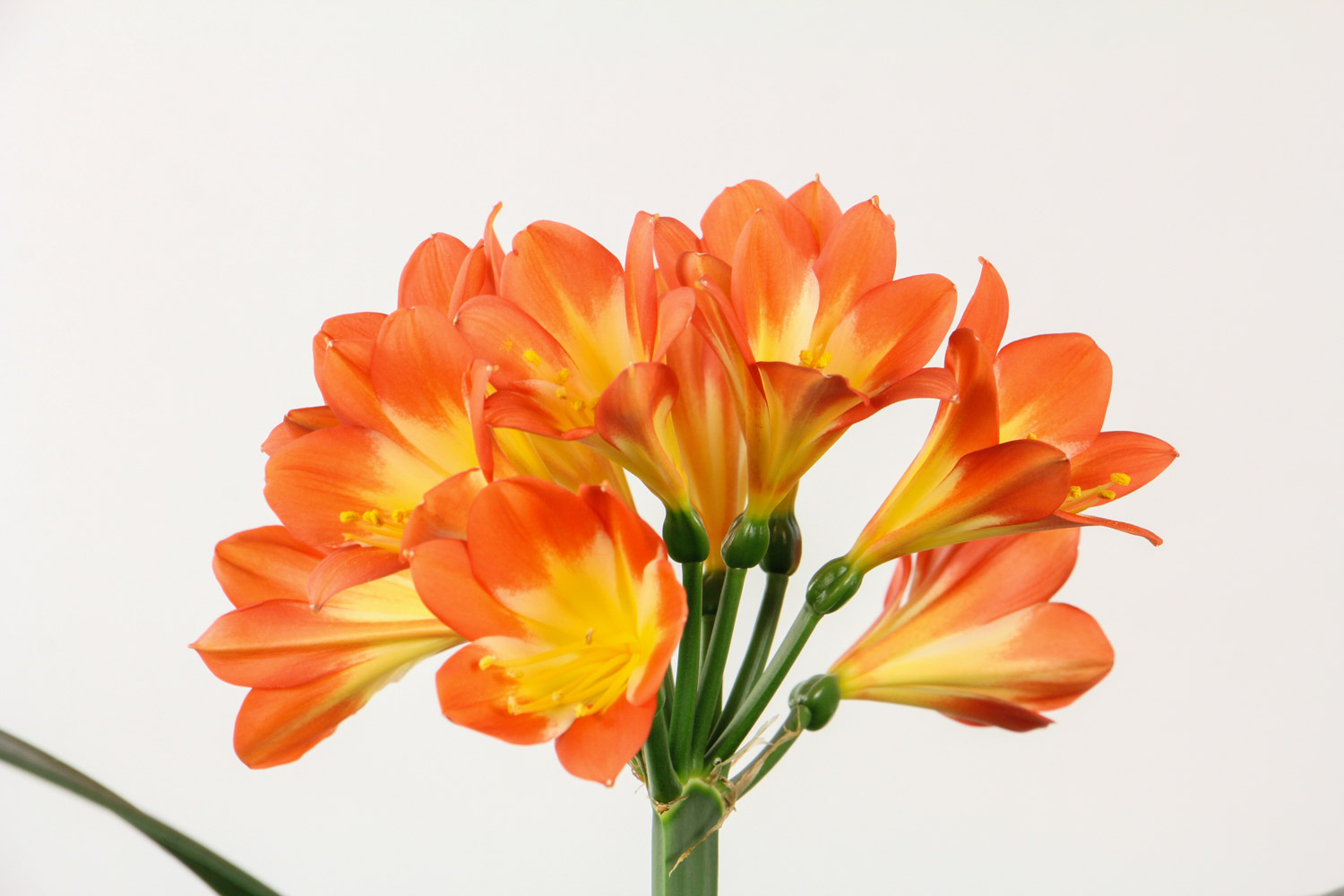
Solution
Bind the leaves on both sides with wide ribbons, and cut the leaf sheath containing the scape by 1.5cm with a sterilized blade, relax the pressure of the base of the leaf sheath on the scape, let the leaves leave space for the petiole to grow, and promote the escape of the scape
The temperature difference is too small
The most suitable temperature for the flowering of Clivia is 15-25 ℃, and the temperature difference between day and night is about 10 ℃, which is most conducive to its flowering. If the temperature difference after the formation of Clivia arrow is less than 6-10 ℃, especially in families with heating and air conditioning, the temperature difference between day and night is only 2-3 ℃, which is easy to appear the phenomenon of "arrow clamping"
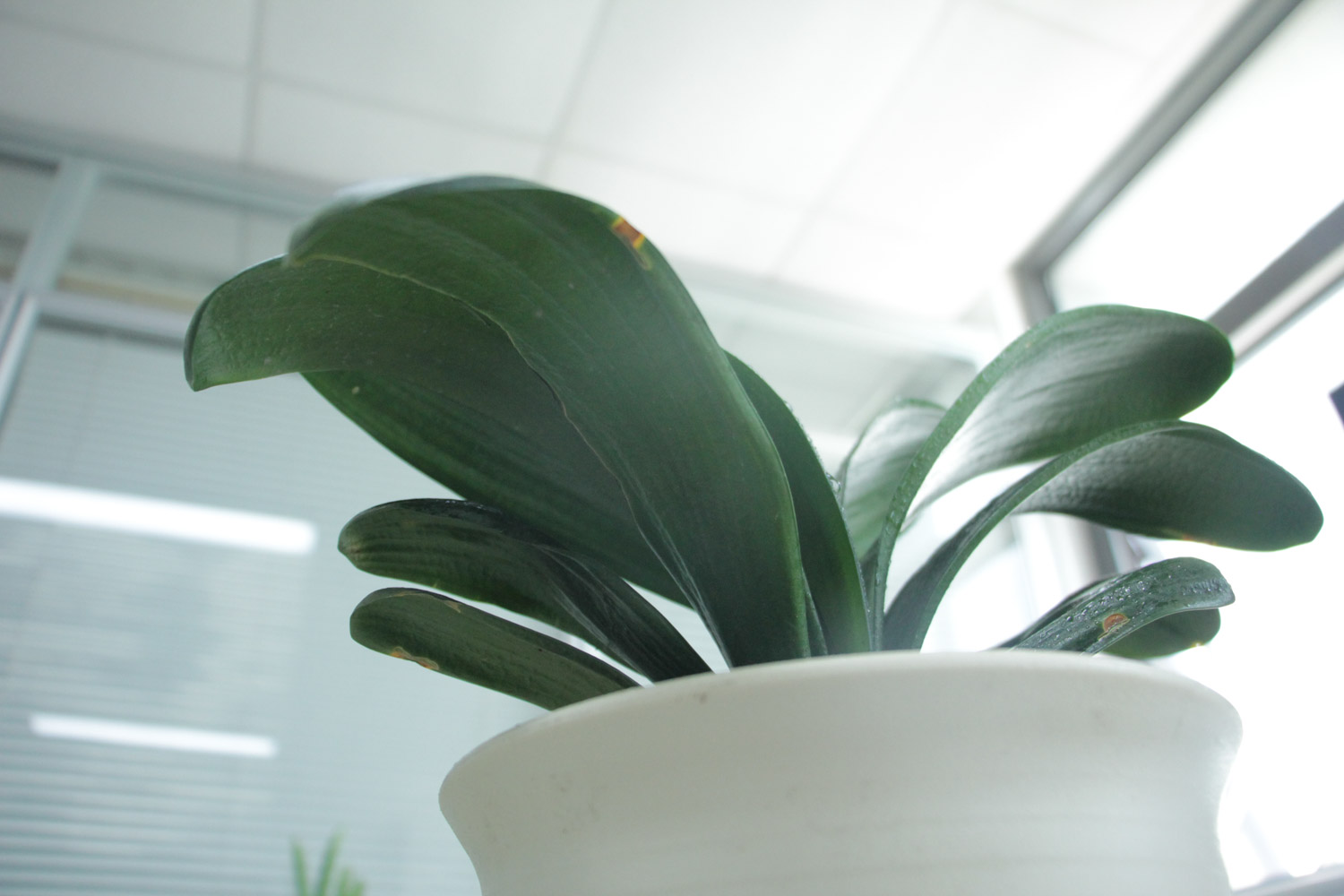
Solution
Increase the temperature during the day and reduce the temperature at night. The temperature difference between day and night is maintained at about 8-10 ℃. During the day, close the windows and open the curtains to keep the temperature of Clivia on the windowsill at about 23 ℃. At night, open the windows and close the double curtains to keep the temperature of Clivia at about 15 ℃. Note: the minimum temperature cannot be lower than 15 ℃, otherwise freezing injury will occur). In this way, it is believed that the flower arrow will be pulled out after a few days because it causes a large temperature difference to the Clivia
Excessive illumination
When Clivia is clipped, it can be treated by shading and lifting arrows. The principle is equivalent to that the Clivia is not exposed to light and the flower arrow is too long. After the arrow is too long, it will not be clamped
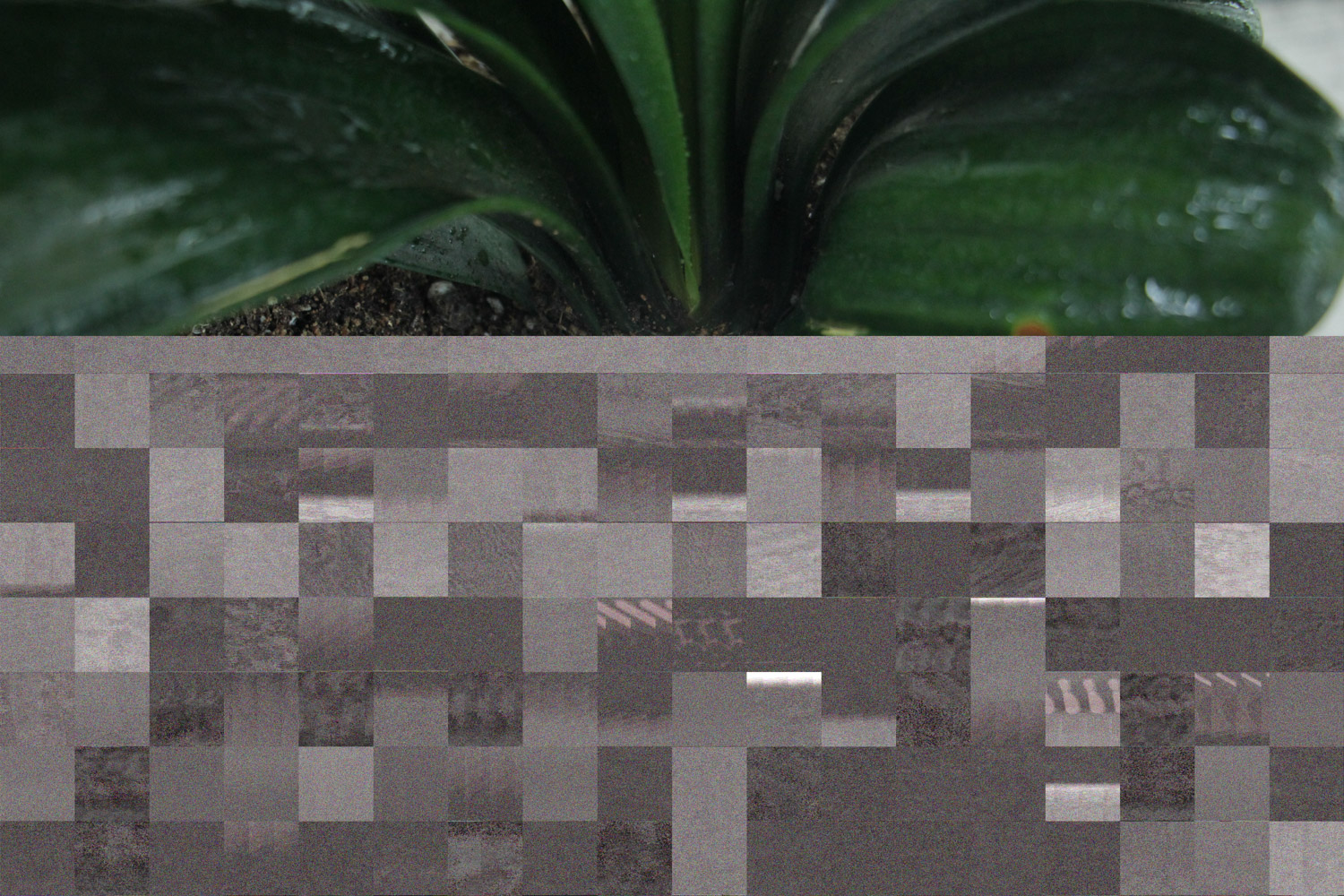
Solution
Clivia found that the arrow can be moved to a shady and ventilated place for maintenance for about 1 week. It can also cover the flower with tin foil to delay the development of the flower and let the arrow grow normally
The temperature is too low
If the ambient temperature is lower than 15 ℃, Clivia will draw arrows slowly, and if it is lower than 10 ℃, Clivia will stop growing
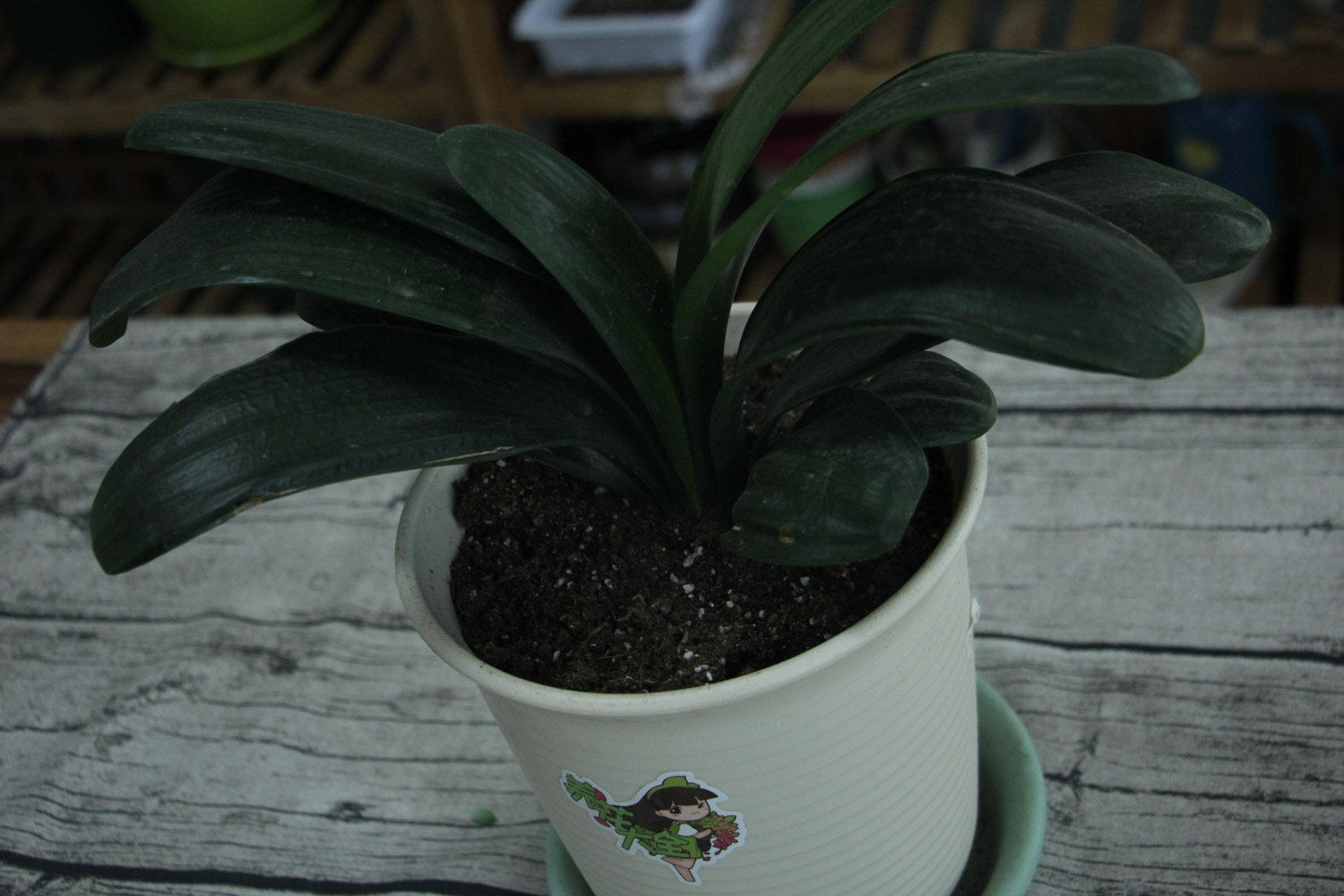
Solution
If the temperature at home is less than 15 degrees, you can put the flowerpot on the electric blanket for heating, or on the radiator padded with bricks or the hot Kang padded with wooden boards. Of course, the temperature cannot exceed 25 degrees, otherwise the Clivia will dry up
Improper fertilization
During the flowering period and early stage of Clivia, sufficient phosphorus and potassium fertilizer is needed. However, some flower friends neglect the fertilization management of Clivia on weekdays, so it is easy to encounter the situation of insufficient phosphorus and potassium fertilizer or excess nitrogen fertilizer when drawing arrows, resulting in arrow clamping
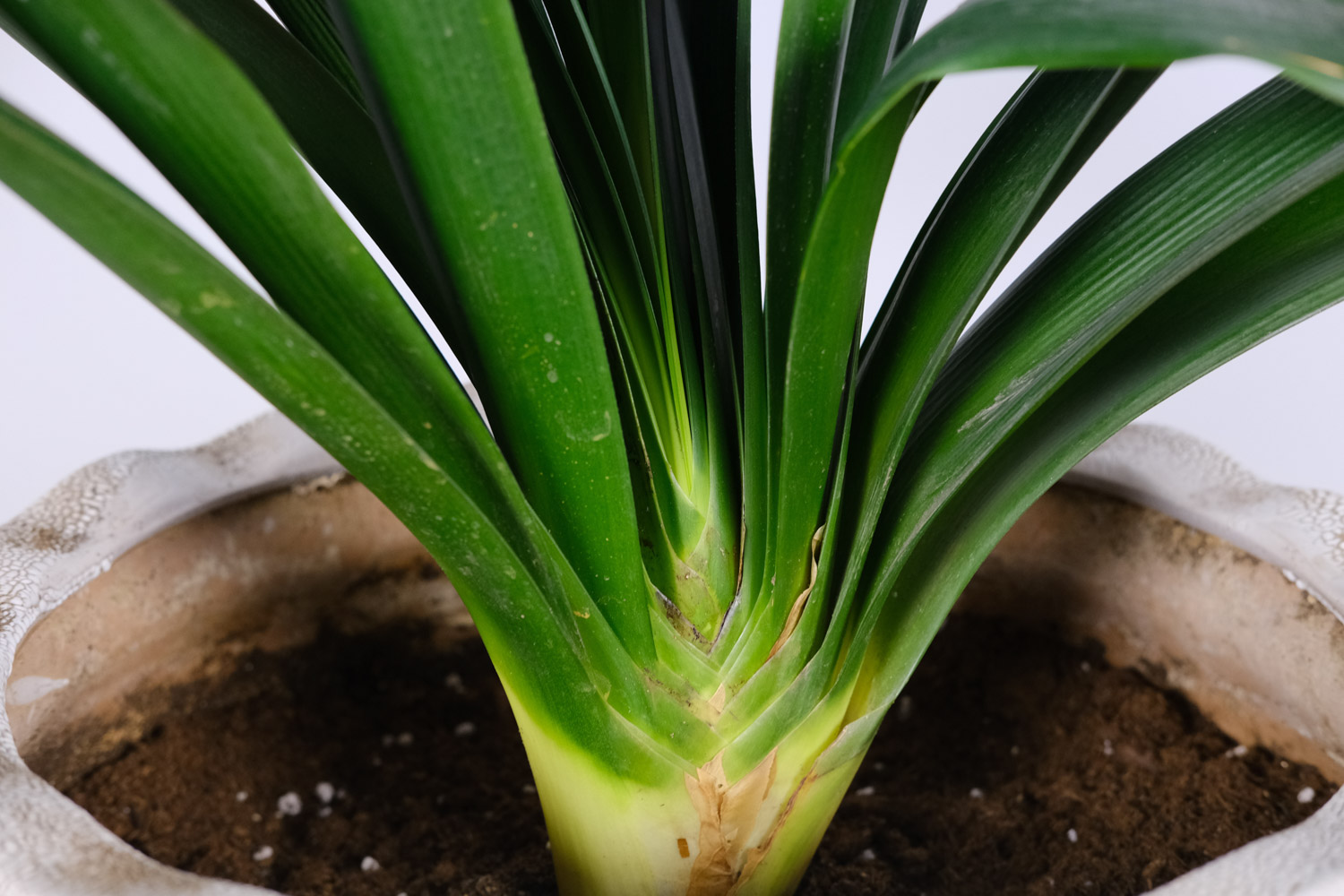
Solution
Clivia enters the growth period in autumn. The demand for phosphorus and potassium fertilizer increases, and the number of fertilization should be increased. After entering the house, apply some organic fertilizer, such as rotten oil hemp residue, fried bone meal, etc. fermented bean cake water can be applied every 20 days. When the arrow is exposed, 0.3% potassium dihydrogen phosphate solution can be sprayed on the leaf surface to promote flower bud differentiation and jump the arrow quickly
Insufficient watering
The roots of Clivia are fleshy roots, which are afraid of flooding, but it is easy to suffocate and wilt the roots if they are watered for a long time or the basin soil is too dry. In this way, the roots are damaged, and the water and nutrients required for the growth of Clivia flower arrows are not available, which can easily lead to arrows
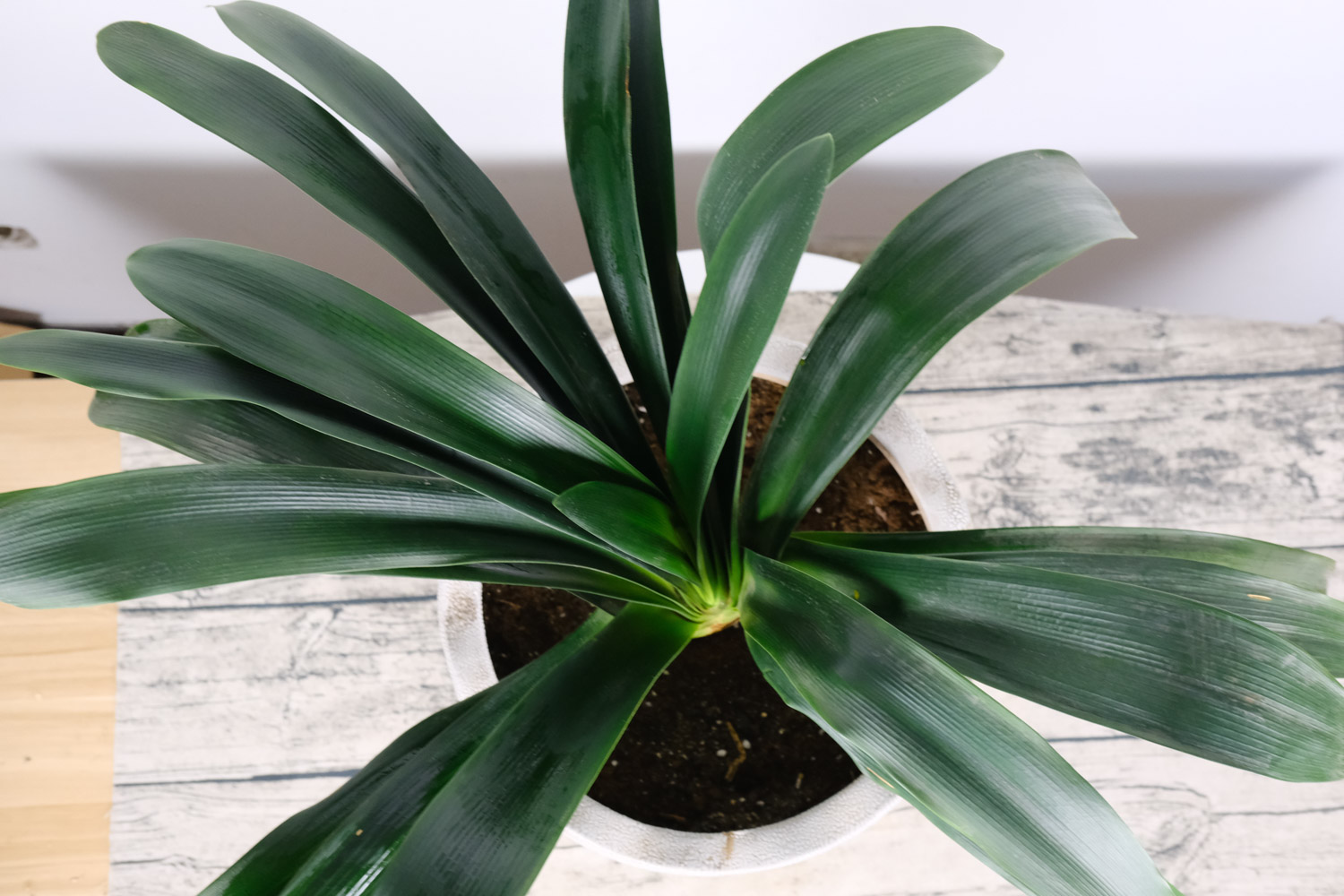
Solution
The temperature at home is above 18 degrees, which breaks the watering law of Clivia on weekdays and keeps the humidity of basin soil at about 35%. The flowers can be watered with warm water at 25 ℃
So many flowers that can be inserted with leaves
You can try it
Flower growers never care about the results
But the fun of growing flowers
Do you have the heart to try< span>

 how many times do yo...
how many times do yo... how many planted tre...
how many planted tre... how many pine trees ...
how many pine trees ... how many pecan trees...
how many pecan trees... how many plants comp...
how many plants comp... how many plants can ...
how many plants can ... how many plants and ...
how many plants and ... how many pepper plan...
how many pepper plan...





























